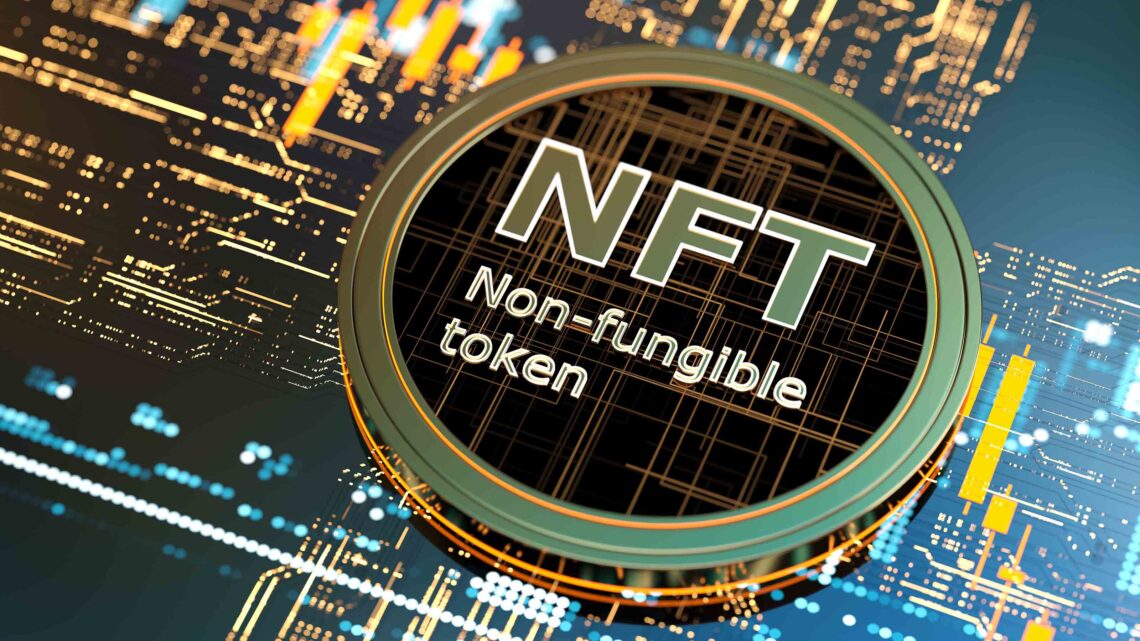Navigating Tomorrow: Top 5 Future Trends in Blockchain Technology
Blockchain technology, once synonymous with cryptocurrencies, has evolved into a transformative force reshaping industries across the globe. As we look to the future, several key trends are poised to define the trajectory of blockchain development. In this comprehensive exploration, we delve into the top five future trends surrounding blockchain, envisioning a landscape where decentralised technologies play a pivotal role in shaping the way we interact, transact, and innovate.
Future Trend of Blockchain Development
The future of blockchain promises continued innovation and widespread adoption across various industries. Here are some key trends likely to shape the blockchain landscape in the coming years:
Integration of Blockchain and IoT
The convergence of blockchain and the Internet of Things (IoT) stands as a paradigm-shifting trend with profound implications for connectivity, security, and data integrity. IoT devices, ranging from smart home gadgets to industrial sensors, generate vast amounts of data. However, the current centralised data storage models often fall short of addressing the security and transparency needed for such a dynamic ecosystem.
Blockchain’s decentralised and tamper-resistant ledger provides an ideal solution to these challenges. By integrating blockchain with IoT, we can establish a secure and transparent framework for recording and verifying transactions generated by IoT devices. This synergy ensures that the data generated by these devices is both trustworthy and accessible across a distributed network.
Imagine a supply chain where each step is recorded on an immutable blockchain, guaranteeing the authenticity of products. In smart cities, blockchain-IoT integration could streamline municipal services, enhance security, and enable more efficient resource management. As this trend continues to unfold, the relationship between blockchain and IoT will likely become inseparable, fostering a new era of trust and efficiency.
Maturation and Expansion of Decentralised Finance (DeFi)
Decentralised Finance (DeFi) emerged as one of the most prominent trends in the blockchain space, challenging traditional financial systems by providing open and accessible alternatives. As we peer into the future, the trajectory of DeFi points toward maturation, sophistication, and increased interoperability.
In the coming years, we anticipate seeing more advanced financial instruments within the DeFi ecosystem. This could include improved lending and borrowing protocols, decentralised exchanges with enhanced liquidity mechanisms, and the integration of real-world assets into decentralised financial platforms. The goal is to create a more robust and versatile financial infrastructure that can compete with or complement traditional banking services.
Moreover, interoperability between different DeFi platforms will play a crucial role in shaping the future landscape. Currently, many DeFi applications operate within isolated ecosystems, limiting the flow of assets and information. Efforts to create interoperable standards and protocols will enable a more seamless experience for users, allowing them to navigate various DeFi services without friction.
Broader Application of Non-Fungible Tokens (NFTs)
While Non-Fungible Tokens (NFTs) gained widespread recognition through digital art and collectibles, their future applications are poised to extend far beyond the realm of creative expression. The concept of tokenizing unique assets on the blockchain has the potential to revolutionise ownership and authenticity verification across diverse industries.
In the gaming industry, we anticipate seeing the integration of NFTs to represent in-game assets and characters. This would allow gamers to truly own and trade their digital possessions across different games or platforms. Real estate is another sector where the tokenization of property on the blockchain could streamline transactions, reduce friction, and increase liquidity in the market.
Furthermore, NFTs may find applications in intellectual property, music, and even education, transforming the way we perceive and transfer ownership of digital and physical assets. As blockchain technology matures, the versatility of NFTs is expected to unlock new opportunities and redefine traditional notions of ownership.
Advancements in Blockchain Interoperability
Blockchain’s promise lies not only in its transformative potential within isolated networks but also in its ability to connect disparate systems seamlessly. Blockchain interoperability, the capacity for different blockchain networks to communicate and share data, is a critical trend that will define the future of the technology.
Currently, numerous blockchain platforms operate independently, each with its own set of protocols and standards. However, as the demand for cross-chain functionality grows, interoperability solutions are becoming a focal point of development. Projects aiming to bridge the gap between different blockchains are gaining momentum, striving to create a more connected and collaborative ecosystem.
Interoperability would facilitate the movement of assets, data, and even smart contracts across various blockchain networks. This could have profound implications for industries such as supply chain management, where different stakeholders may be using distinct blockchain systems. As the technology matures, expect interoperability to be a cornerstone of blockchain development, fostering a more integrated and efficient blockchain landscape.
Sustainability and Green Blockchain Initiatives
With the increasing awareness of environmental concerns related to traditional blockchain consensus mechanisms, particularly proof-of-work, the industry is witnessing a shift toward more sustainable alternatives. The environmental impact of energy-intensive mining processes has prompted the exploration of greener solutions, setting the stage for sustainability to be a defining trend in blockchain development.
In the future, expect to see a broader adoption of energy-efficient consensus algorithms. Proof-of-stake and other consensus mechanisms that don’t rely on extensive computational power are gaining traction for their reduced environmental footprint. The blockchain community is actively exploring ways to make the technology more eco-friendly without compromising on security and decentralisation.
Green blockchain initiatives go beyond consensus algorithms. They encompass considerations of the entire blockchain lifecycle, from energy consumption during transactions to the responsible disposal of electronic waste associated with outdated hardware. As blockchain matures, sustainability will be a key metric of success, aligning the technology with global efforts towards a greener future.
Conclusion
As we gaze into the future of blockchain technology, these five trends stand out as key drivers that will shape the industry in the years to come. The integration of blockchain with IoT, the maturation of DeFi, the broader application of NFTs, advancements in interoperability, and the focus on sustainability collectively paint a picture of a blockchain landscape that is not only innovative but also increasingly impactful across diverse sectors.
Blockchain’s journey from its origins as the underlying technology for cryptocurrencies to its current status as a catalyst for decentralised innovation has been nothing short of remarkable. As these trends unfold, the potential for blockchain to revolutionise how we interact, transact, and innovate is more promising than ever, ushering in a new era of trust, transparency, and technological empowerment.




